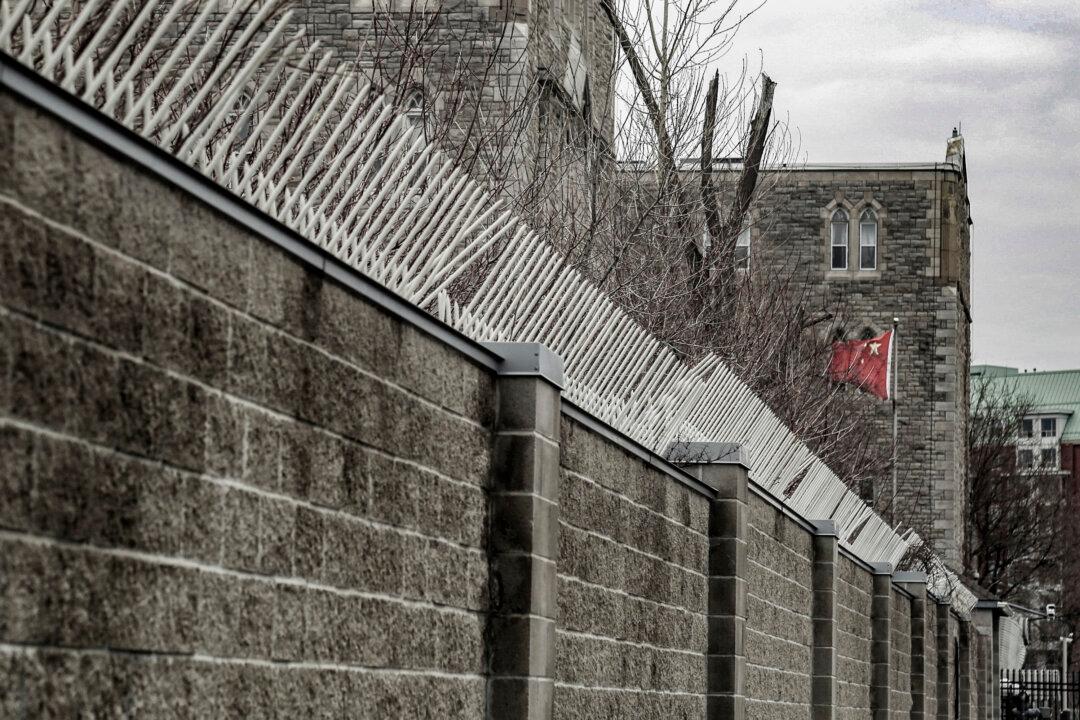When something’s been broken for decades and you’re dead-set on fixing it, what should you do?
Try one thing, watch it fail, then try it again… and again… and again?
Or look to someone else who has already dealt with the problem you’re facing and copy what they’re doing?
Finally, a Canadian premier is doing the latter on health care. Instead of simply shovelling more money into a broken system, Alberta Premier Danielle Smith is making a sweeping change that will make the system better and is already used in Europe, Australia, and other countries with better universal health-care systems.
To sum it up simply, Smith’s announcement means that hospitals will no longer receive a big cheque at the beginning of the year and then be asked to do their best. Instead, they will receive funding each time they help a patient.
This subtle difference completely changes the way the health system looks at patients.
Instead of being seen as an obligation, patients are now an opportunity. Hospitals will want to provide them care, since it means they’ll get more funding—which will also apply to non-profits and private clinics. This model will help drive innovation as providers compete to provide patients with the best care possible. And just like it is today, nobody will get a bill at the hospital.
Smith implementing it in Alberta is a huge step. It should help reduce surgical wait times, make health-care spending more efficient and, most importantly, save lives. But she and other provincial governments shouldn’t stop there.
So what’s next?
How about further looking to Europe for inspiration? In the European Union, patients have the right to travel to another EU country for care, pay for it, and then be reimbursed by their home government up to what it would have cost to do the procedure in their home country.
This opens up a world of opportunities. If the waitlist for hip surgeries is too long in Spain, a Spanish patient can go to Luxembourg, or Germany, or Poland, or anywhere where there’s extra capacity. And anytime a patient travels, the waitlist at home gets shorter by one patient. It’s a win-win.
It’s also effectively cost-neutral in the long run, since the government is only paying for what it would have cost to do the procedure locally.
So, for Smith, it’s an obvious next step that would further cut wait times and make care better for Albertans.
For the rest of the country, the next step is also obvious. Saskatchewan, B.C., and others should simply follow Smith’s lead. Roll out activity-based funding, watch the wait times drop, and then get on to further health reform.
So, two thumbs up to Premier Smith for doing something about it. But now is not the time to let up on the gas. Keep that pedal pressed down hard: it’ll make life better for Albertans, and hopefully inspire other provinces to follow suit.





